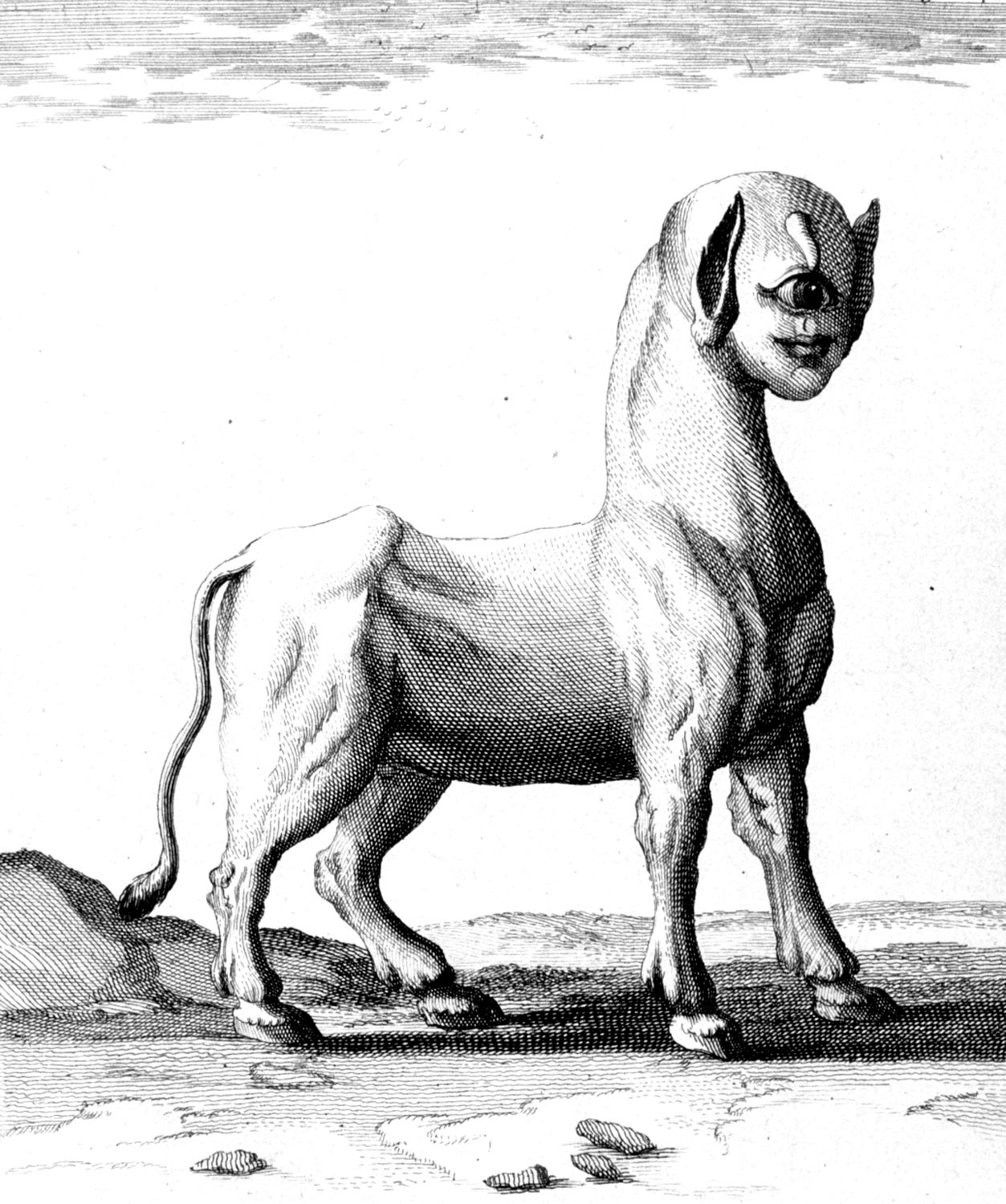HBM130: Mother Pigeon / Sister Marta
/Mother Pigeon and her flock, photo collage by Jeff Emtman.
Mother Pigeon says the wild animals of New York City are hungry. So she feeds them.
Content Note: Language
Each morning, a flock of about 150 pigeons waits for her at her local park in Bushwick. She feeds them twice a day if she can afford it, and once a day if she can’t. Peas, lentils, millet and other grains, and corn in the winter to keep them warm. “When you go out to feed birds, you’re treated like a criminal, so I like to call myself ‘The Pigilante.’”
Mother Pigeon considers herself a press agent for the city’s “maligned animals”—animals strong enough to survive in urban environments, but not charismatic enough to become our pets. Animals like rats, squirrels, raccoons, and of course, pigeons. She considers much of the information available on pigeons to be propaganda from greedy exterminators. Less controversial though, are the dangers of inhaling the dust from dried pigeon droppings, which often carry fungus spores harmful to those with compromised immune systems.
It’s completely legal to feed birds in NYC’s parks. Though in 2019, the city proposed a rule that’d make what Mother Pigeon does punishable by fines and/or jail time. She and some others vocally opposed this rule—it did not go into effect.
Mother Pigeon plays an ocarina while her flock feeds.
On this episode of Here Be Monsters, producer Jeff Emtman visits Mother Pigeon’s studio. She tells him about the illegal capture of the city’s pigeons for transfer to Pennsylvania for live pigeon shoots. And she tells the story of how she used to pretend to be a nun to gain access to the captured pigeons and surreptitiously re-release them.
Mother Pigeon sells felt and wire animals (pigeons and rats, mostly). You can find her and her fake animals many days in Union Square Park in Manhattan. She posts her whereabouts on Instagram and sells her art in-person and on Etsy.
Producer: Jeff Emtman
Editor: Bethany Denton
Music: The Black Spot
Mother Pigeon’s flock in Brooklyn.




















